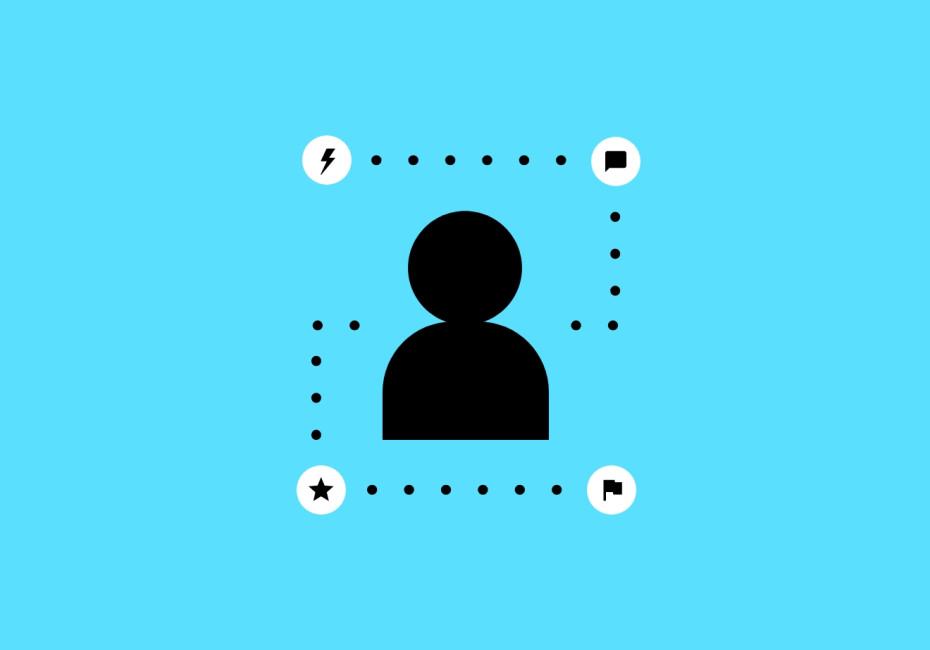Related services
In the ever-evolving landscape of marketing and branding, one truth remains constant: knowing your audience is the key to success. In this article, we'll delve into the importance of understanding your audience and what secret weapons are available to support you in building strong, lasting connections with your target market.
The benefits of understanding your audience
Tailored Messaging:
Imagine speaking a foreign language to someone who doesn't understand it. Your message will fall on deaf ears. Similarly, if your marketing and branding efforts don't resonate with your audience, they'll likely ignore you. Understanding your audience helps you speak their language, addressing their specific needs, desires, and pain points.Targeted Marketing:
Every pound spent on marketing is precious. Knowing your audience enables you to allocate your resources efficiently, targeting the segments most likely to convert on the channels that are most relevant at certain points in the customer journey. It's like having a map to navigate the vast marketing landscape, avoiding wasted efforts.Building Trust:
Trust is the cornerstone of brand loyalty. When your audience feels understood, they're more likely to trust your brand. Trust leads to customer loyalty and a brand fan base.Improved User Experience:
User journey research often leads to insights that can significantly enhance the user experience and engagement.Enhanced Conversion Rates:
Research can also uncover barriers in the conversion process. By optimising the journey and reducing friction during relevant phases you can make that leap to conversion more seamless for customers.Reduced Support Costs:
Identifying pain points in the customer journey can also lead to a reduction in customer support enquiries. When customers can easily find the information they need or resolve issues without needing to contact support, it reduces the workload on customer service teams.
How can I understand my audience better?
Step 1: User Empathy Mapping
User empathy mapping is a tool that allows you to step into the shoes of your audience, viewing the world through their eyes. It's about understanding their feelings, thoughts, and experiences to develop a deeper connection. So what’s the process?
Identify your Personas:
Begin by defining the different personas within your target audience. These personas represent various segments of your customer base, each with distinct characteristics and needs.Gather Data:
Research is your hero here. Collect data through surveys, interviews, website analytics, social media analysis and customer feedback. This will provide insights into the attitudes, motivations, and pain points of your audience.Create Empathy Maps:
For each persona, create an empathy map. This map typically includes sections for each persona’s Tasks (specifics what they’re looking to achieve), Influences (what might sway their opinion or decision making either way), Mindset (what are they feeling when connecting with your product or service), their Pain Points (what barriers or issues might they face along the way) and finally their Values & Goals (what really matters most to them?). When assembled, this visualisation helps you understand their world.Analyse Overlapping Insights:
As you create empathy maps for different personas, look for patterns and commonalities. Are there shared pain points? Are there universal aspirations? Often people might think that creating a single Empathy Map for all their different types of customers and audiences would be impossible but you’d be surprised just how similar each persona might be.
Note: User empathy mapping isn't a one-time activity; it's an ongoing process that evolves as your audience changes and grows. We’d recommend revisiting the process every year or two to keep it up to date.
Step 2: User Journey Mapping
While user empathy mapping helps you understand your audience's mindset, the user journey map takes you on a guided tour of their interaction with your brand. It's a visual representation of the customer's experience from the first point of contact to the final conversion and beyond. An Empathy map alone is incredibly useful for connecting with your audience, when combined with a Journey map you’ll know how to interact, when, where and why. Here’s how to create a user journey map:
Break your typical user journey into 4-5 typical stages from research to first contact, usage of the product/service to aftersales and support.
For each stage, refer to your Empathy map and consider what tasks, questions, influences and emotions their might be facing at that specific phase and then also consider how they might see, hear or interact with your brand or product (these are your touchpoints).
Equipped with the insights from your User Journey map, you can now take strategic steps to enhance the customer journey. Whether it's streamlining the checkout process, improving customer support, or providing personalised recommendations, these optimisations can significantly impact your brand's perception and its relevance to your audience.
Note: Again, this isn’t a one-off process and your Journey map should be refreshed in accordance to any changes in your Empathy map.
Other tools and methods you can use
While user journey mapping and user empathy mapping are valuable tools for gaining a better understanding of your business's audience, there are several other approaches and methods you can use to deepen your knowledge, such as:
Surveys and Questionnaires
Create online surveys or questionnaires to gather feedback directly from your audience. Ask about their preferences, needs, and pain points. Surveys can help you identify trends and patterns.
In-Depth Interviews
Conduct one-on-one interviews with members of your target audience. These interviews allow for in-depth exploration of their motivations, behaviours and experiences.
Focus Groups
Organise focus group sessions where a small group of participants discuss and provide feedback on your products, services or marketing strategies.
Real-world success stories from the big guys
Airbnb: This global travel platform revolutionised the hospitality industry by deeply understanding the pain points and desires of both hosts and guests. They created user journey maps to optimise the booking process, leading to a seamless and enjoyable experience for all.
Apple: Apple's intuitive product design and marketing campaigns resonate with their audience on a personal level. By understanding the aspirations of their users, they've cultivated a fiercely loyal customer base.
Nike: Nike's "Just Do It" campaign doesn't just sell trainers; it sells a lifestyle and mindset. They've mastered the art of user empathy, tapping into the passions of their audience.
In Conclusion
By embracing these tools and committing to an ongoing practice of audience understanding, you'll be better equipped to create authentic branding and marketing strategies that resonate with your audience, build trust, and drive long-term success.
If you’re interested in organising user empathy and user journey workshops then get in touch and we’d be happy to help.
For more news follow us @rootstudiouk
Similar posts

In a world crammed with endless scrolling, pop-ups, flashing offers and ‘read more’ rabbit holes, the real competition isn’t just other businesses - it’s cognitive overload.

Most websites don’t have a traffic problem - they have a conversion problem. Conversion Rate Optimisation (CRO) is simply about spotting issues and opportunities and gently guiding more of your visitors to take action.

